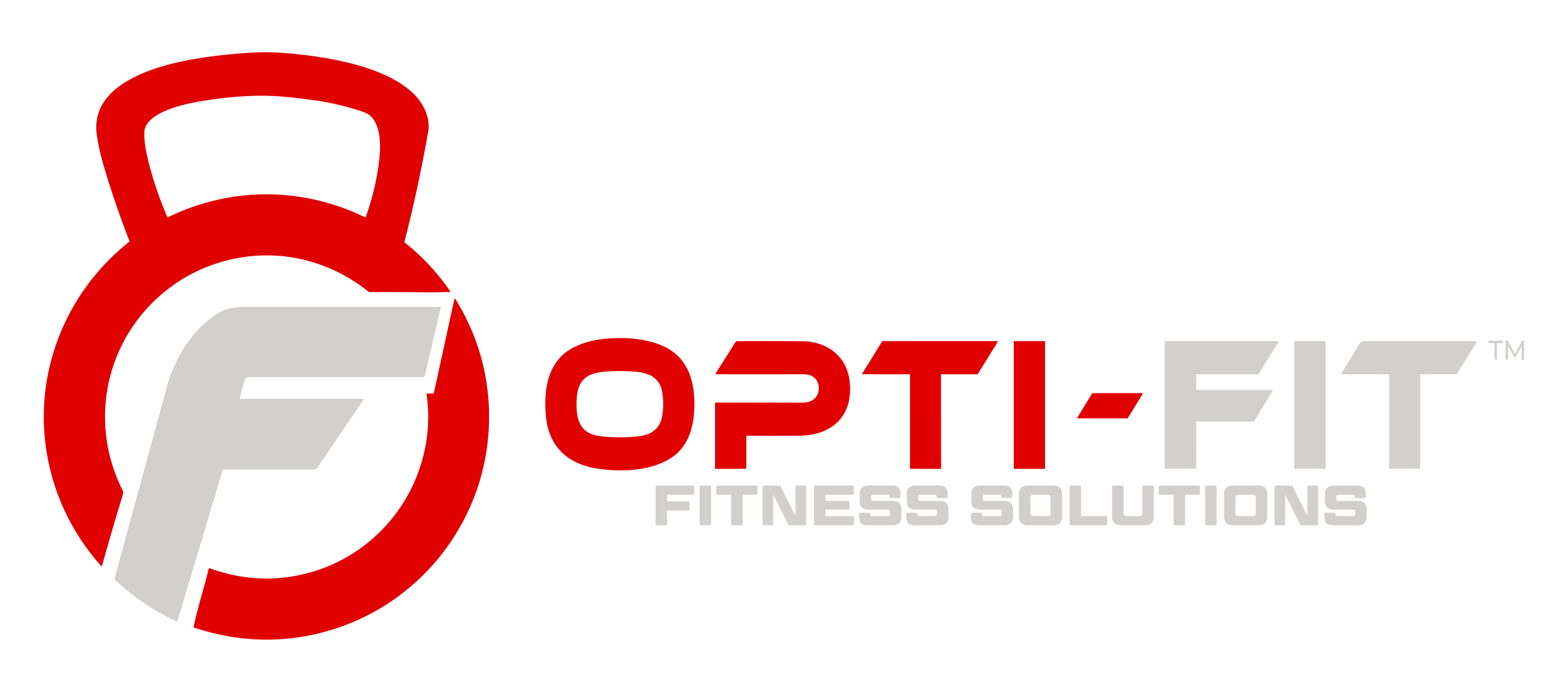In days of yore, all you needed to amp up your fitness was a wooly mammoth to run away from. Exercise was a part of daily life for hunters and gatherers, so hominids didn’t need kettlebells to carve out their abs. Nor did the Ancient Greeks—they acquired their biceps in the military centuries before the first book about physical pursuits was written by Cristobel Mendez. The fitness industry as we know it today began when a muscle-bound guru named Macfadden invented the first wall-mounted “muscle developers.” In the disco era, jogging and jazzercise were trends du jour. If the burgeoning gym sector could make exercise fun, surely the entire world would join the dance party. Exercise trends are wont to pass, so as the Nineties dawned in all their pleather splendor, fitness centers were revolutionized yet again.
Training in the Eighties
Stair masters, elliptical cross trainers, and exercise bikes targeted muscle groups with razor-like precision. In those days, aerobic fitness and strength training were divided by a giant fitness center wall, and ne’er the two could meet. The approach was as inefficient as it was time-consuming, and gym brands only muddied the waters by designing increasingly complicated machines. If an exercise machine could play movies, count burned calories, and butter your morning toast, the industry sold it.
With time comes education. The more scientific understanding the fitness industry has gained, the better it’s become at toning wobbly bodies. Before 2010 dawned, centers focused on five areas:
- Obesity management
- Fitness for aging baby boomers
- Functional fitness that prepared the body for everyday activities
- Core training
These approaches were supposed to be a shortcut to larger muscles, but as the years progressed, scientists discovered that short, intense bouts of movement could target both long and short-term endurance. Fitness fiends could cut their workouts in half without suffering any negative effects. High-intensity interval training (HIIT) revolutionized the modern-day fitness center. Even Olympic athletes were doing it. Studies show that high intensity bursts increased power output by almost 10% while improving movement efficiency.
As HIIT entered public consciousness, the industry sought out inventive ways to pack power into their workouts. Wearable technology was an obvious solution. Tabata training followed closely behind, so pylo boxes became a requisite inclusion in every athletic training center. Pylo power caught on fast, giving trainers the variety they needed to tone their bodies holistically. Add body weights, box jumps, and split squats, and you’re well on your way to fitness freedom. Pylometric boxes turn the body into a weight, allowing trainers to combine aerobic and strength training in a higher intensity workout. The higher the equipment, the harsher the training. The simplicity of it is elegant, but you can’t achieve stability with a pylo box alone.
The Emergence of the Athletic Training
Unlike Jazzercise, HIIT couldn’t be limited to one room at the back of the gym. It required too much space and had too many enthusiasts for that, so the fitness center of yesteryear transformed into an athletic training center replete with high-tech flooring and every pylo box design you could dream up. The sheer intensity of HIIT demanded a new approach to turf. Non-slip surfaces aren’t enough because the design of the surface determines the kind of strength and endurance achieved. Pylometric training on a firm surface reduces muscle soreness and even damage, but accidents must be reduced as well. Today’s centers must improve explosive power via the most effective surface, and a gym mat simply won’t do anymore. Opti-Fit approaches HIIT as an artform, carrying fitness into a distant future years ahead of its time.
For more information on designing todays fitness centers, contact one of Opti-Fit’s fitness professionals.

